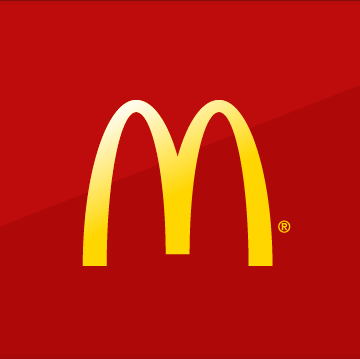Last Updated on February 21, 2024
Today, it is more important than ever for companies to differentiate themselves from their competitors and make memorable connections with consumers by creating unique, recognizable brands. The best way to do it? Color.
While typeface and symbol play a critical role in brand recognition, color is registered by the brain before images and typography, making it the most influential factor. A recent study conducted by the University of Loyola, Maryland found that the correct use of color could increase brand recognition by 80%. Researchers also found that color can be up to 85% of the reason people decide to buy a particular product over another.
Several companies have already experienced the power of a simple color. For example, when Heinz introduced green ketchup as an alternative to the traditional red variety, the company sold more than 10 million bottles within the first seven months. The result was the highest sales increase in the brand’s history. Apple also increased its sales significantly after introducing colorful iMacs into a marketplace where color had never been seen before. The iMacs reinvigorated a brand that had suffered a loss of $1.8 billion in two years.
These case studies show that color is becoming increasingly important for companies looking to stand out from the crowd. Color provides communication cues for brand attributes, such as excitement and boldness, optimism and hope, and dependability and strength. Research also suggests that color has a physical effect, stimulating our senses and influencing the hormones that control our emotions.
For instance, the color red evokes energy, which increases heart rate and creates urgency. This is why it is often used to indicate clearance sales; merchants want consumers to feel compelled to buy something because it is on sale. Red also incites hunger, making it a popular choice for many fast-food joints and restaurants. Here are some examples of the emotions induced by other colors:
- Orange: Fun, happiness, confidence, friendliness, vitality
- Yellow: Optimism, youth, clarity, warmth
- Green: Health, relaxation, growth, nature, environment, money
- Blue: Trustworthiness, security, dependability, fiscal responsibility. Blue is the most popular choice for brand color.
- Purple: Creative, wise, imaginative, mysterious, royal
- Pink: Femininity, love, sensitivity
- White: Peace, cleanliness, purity, innocence, hope
- Black: Power, luxury, boldness, sophistication, elegance
The underlying emotions evoked by color have been cultivated since birth and vary depending on age, geographic location, and gender. It is therefore imperative to choose colors that will set the right mood for your business and attract your target audience.
Look at the logos of other successful companies for ideas. Many corporations have been able to use the power of color to create a positive image among consumers. Here are some examples:

McDonald’s effectively uses red and yellow to stand out from its competitors and communicate its brand to consumers. The red grabs people’s attention and provokes hunger, while the yellow encourages them to associate McDonald’s with happiness and optimism. This is reiterated in the company’s tag line, the phrase known by everyone around the world: “I’m lovin’ it.”
![Nickelodeon-Logo1[1]](http://inspirationfeeed.files.wordpress.com/2013/09/nickelodeon-logo11.png)
Nickelodeon also gained success with its vibrant hue. The color orange evokes exuberance, fun, and vitality. With the drama of red plus the cheer of yellow, orange is viewed as gregarious and often childlike, making it the ideal color choice for a cable television network aimed at kids.

Whole Foods Market picked the perfect color to communicate its core values of supporting sustainability, organic farming, environmental stewardship, and wealth through profit and growth. The color green connotes health and freshness, while the consumer-friendly logo makes a trip to the store seem fun. The company’s branding strategy seems to be working—over seven million people shop in a Whole Foods store each week.

Ford uses the color blue to convey its message of strength and stability. The company wants to be perceived as trustworthy and dependable so consumers feel confident when choosing a car made by Ford. The company’s messaging was particularly effective during the government bailouts in 2009. Ford was one of the three major US auto manufacturers that did not accept a bailout, and sales skyrocketed as a result. By standing out as a financially healthy and stable company, Ford was able to outpace its competitors.
The companies highlighted above understand the importance of color when building and communicating a brand. While color is not the only important ingredient in marketing, it is the first thing that hits consumers and it can leave a lasting impression. As a result, color can increase brand recognition and drive purchasing, making it one of the most powerful methods of design. Use it to your advantage.
Check out this chart for some in depth color analysis.


![Psychology-of-Color-from-Carey-Jolliffe[1]](http://inspirationfeeed.files.wordpress.com/2013/09/psychology-of-color-from-carey-jolliffe1.png)